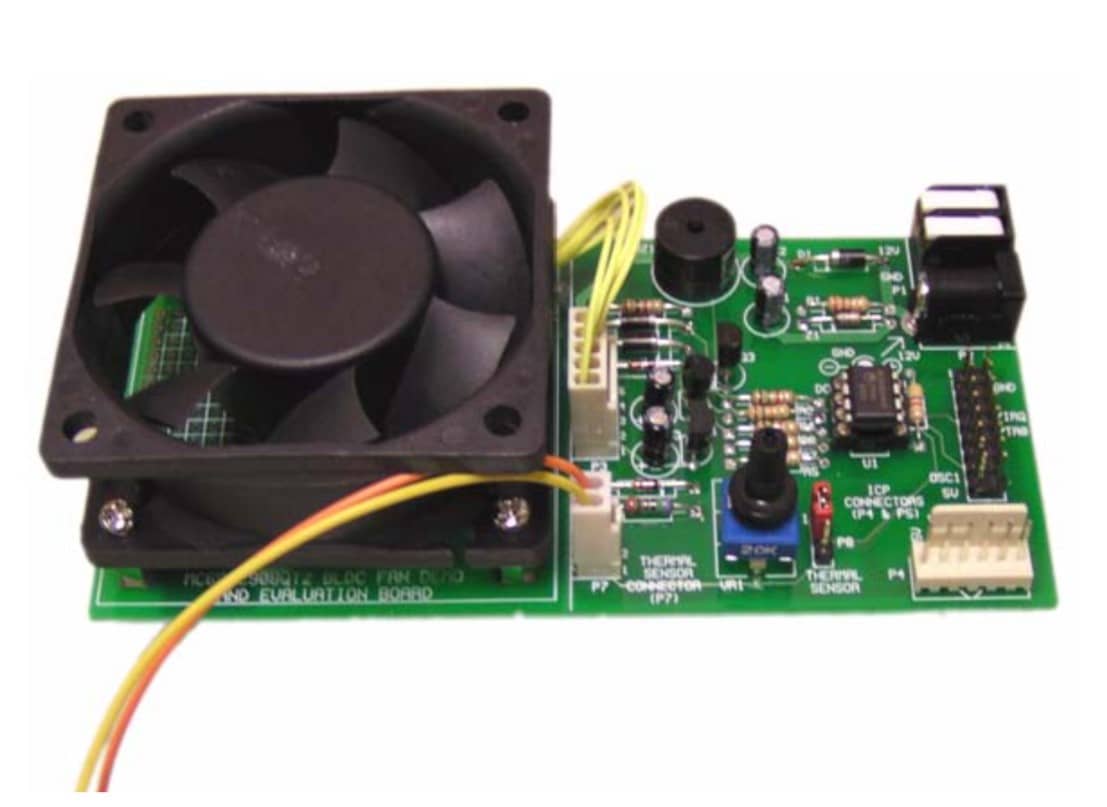A Brushless Direct Current (BLDC) fan controller design to implement thermal speed control in BLDC fans.

Over recent years, there has been a significant advancement in data processing equipment characterised by compact size, increased processing power, and higher speed. However, these performance improvements have increased demand for enhanced cooling capabilities, specifically in cooling fans. These requirements include variable speed control to minimise noise levels and conserve energy, efficient thermal management, protection against mechanical wear, and fault prevention. NXP has launched the reference design for Brushless Direct Current (BLDC) fan controllers, presenting a solution for implementing thermal speed control in BLDC fans. The design uses a simple speed control algorithm that effectively manages the fan’s speed in common scenarios prioritising factors like noise reduction, energy efficiency, thermal management, and fault protection.







